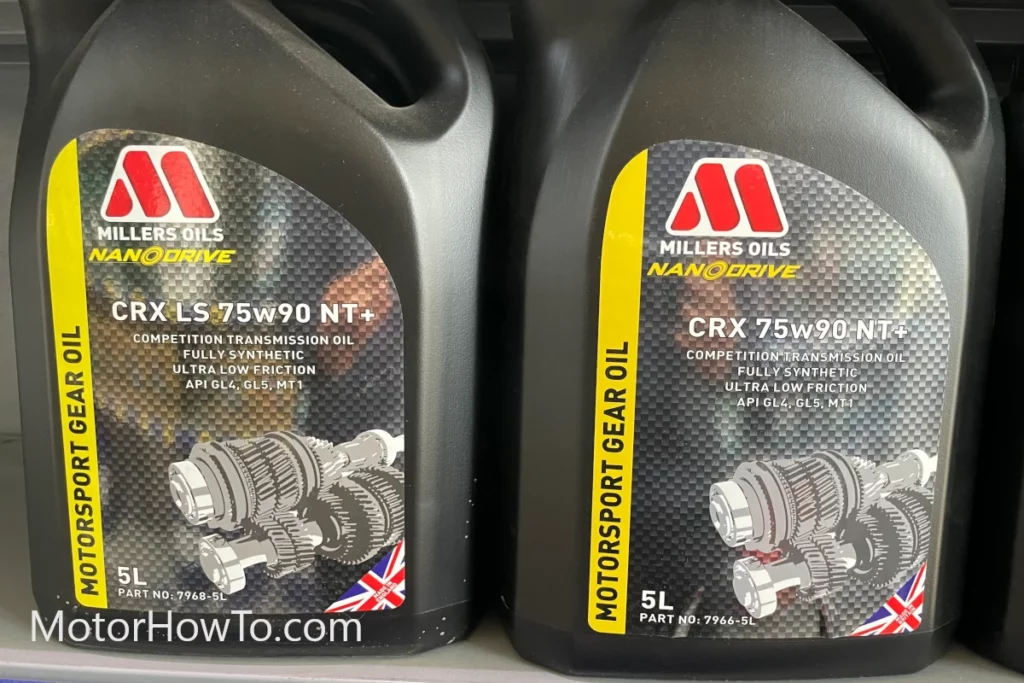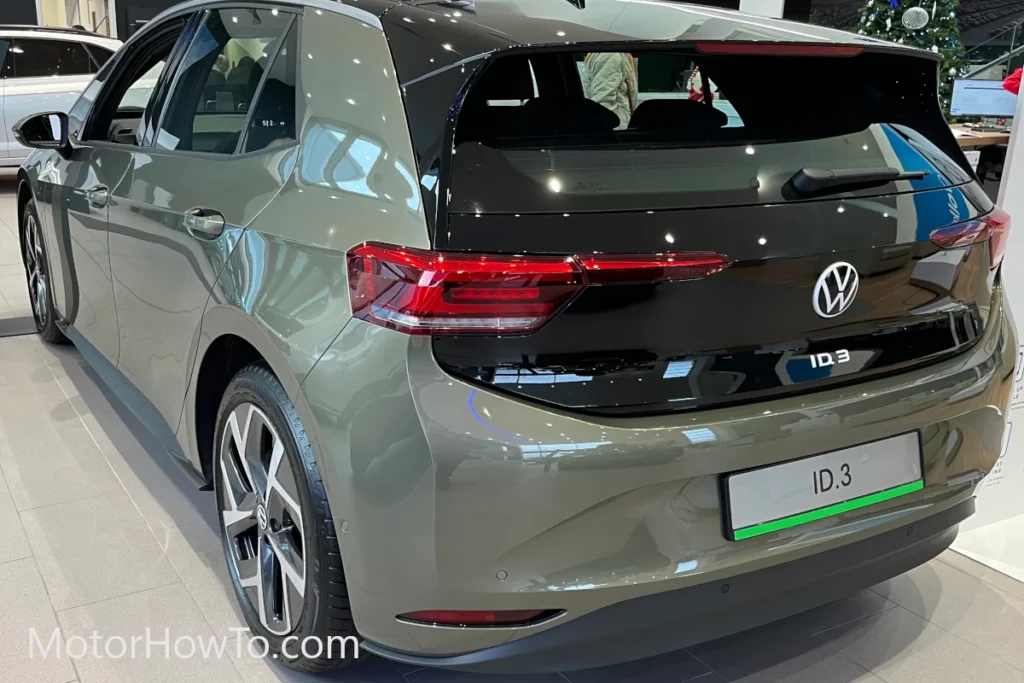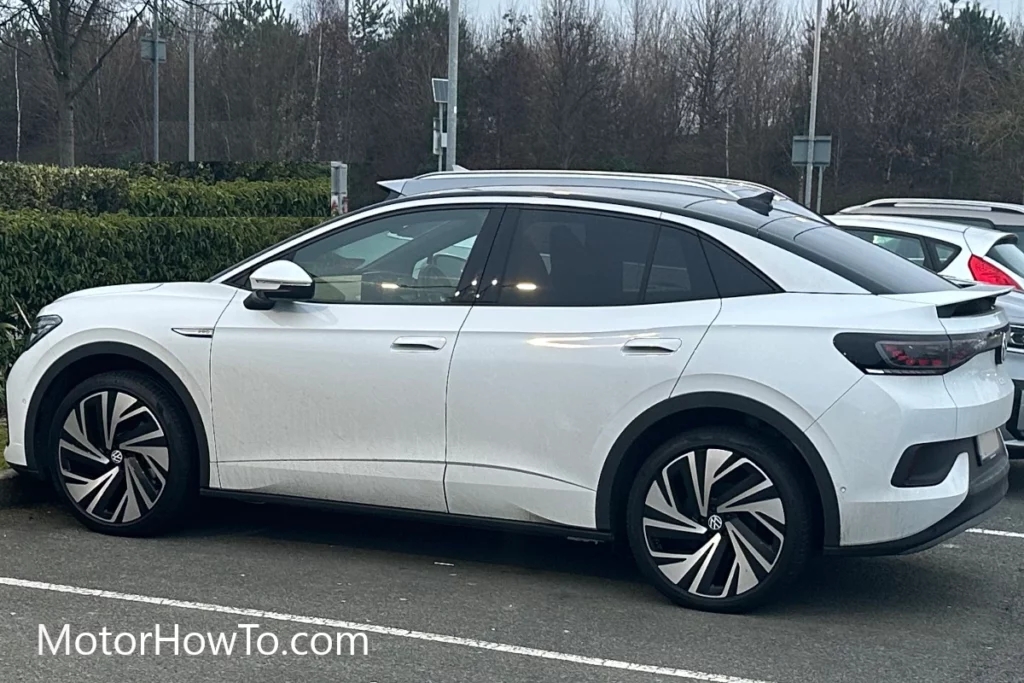Many people still need to learn about the mechanics of electric vehicles (EVs) and compare them to traditional gasoline-powered cars.
Transmission oil has been a staple in gasoline-powered vehicles for decades, providing lubrication and cooling to the transmission system.
This article will examine the use of transmission oil in electric cars, explaining the differences between electric and gasoline-powered vehicles and the role of transmission oil.
Electric cars do not use transmission oil as they have a completely different drivetrain system that doesn’t rely on traditional transmission components. Instead of an internal combustion engine and a transmission, electric cars have an electric motor and a gearbox.

We will dive into the topic, exploring the specific mechanics of electric cars and shedding light on the role of transmission oil in operation.
Related:
- Do Tesla Cars Use Oil For Lubrication? (Explained For Beginners)
- Does A Tesla Have Any Oil At All? (6 Fluids Explained)
- Do Electric Cars Require Coolant? (Explained For Beginners)
Do Electric Cars Use Oil For Anything?
Electric cars do not run on oil fuel source but they do require oil for other car parts.
For example, electric cars have several lubricated components, such as bearings and gears, which need oil to function properly. This oil helps to reduce friction, preventing wear and tear on these components and extending the car’s life.
Another area where oil is used in electric cars is in the power steering system. Power steering systems in electric cars, like in traditional gasoline-powered cars, use hydraulic fluid to assist in turning the wheels. This fluid is typically made up of oil and water and is necessary for the proper functioning of the power steering system.
The brake system in an electric car also requires oil. Brake fluid helps transfer the force generated when the brakes are applied to the pads. Brake fluid is essential to the proper functioning of the brake system. While electric cars don’t use oil as a fuel source, they still require oil for various components to function properly.
What Kind Of Gearboxes Do Electric Cars Have?
Electric cars typically have a type of gearbox known as a single-speed transmission. This transmission type has only one gear ratio optimized for electric vehicles to provide maximum efficiency and torque.
The single-speed transmission is directly connected to the electric motor and helps to transfer the motor’s power to the wheels.
Another type of gearbox used in electric cars is the two-speed transmission. This transmission type has two gear ratios, allowing for better acceleration and improved energy efficiency. The two-speed transmission is commonly used in electric vehicles that have high-performance demands, such as sports cars.
In addition to single-speed and two-speed transmissions, some electric cars also use a continuously variable transmission (CVT). This transmission type is optimized for use in electric vehicles and provides improved fuel efficiency compared to other transmissions.
A CVT has infinite gear ratios, providing smooth and seamless acceleration without the typical “shifting” seen in traditional transmissions.
Some high-end electric cars have a multi-speed transmission, which provides multiple gear ratios to optimize acceleration, efficiency, and performance. The multi-speed transmission, commonly used in high-performance electric vehicles like sports cars, is designed to deliver optimal power and speed.
What Gearbox Does Tesla Use?
The electric car manufacturer Tesla uses a single-speed transmission in most of its vehicles. This transmission type has only one gear ratio optimized for electric vehicles to provide maximum efficiency and torque.
The single-speed transmission is directly connected to the electric motor and helps to transfer the motor’s power to the wheels.
In addition to the single-speed transmission, Tesla offers a two-speed transmission in some of its high-performance vehicles, such as the Tesla Roadster and the Tesla Model S Plaid. This setup provides a smooth, seamless driving experience with instant torque and responsive acceleration.
The two-speed transmission provides improved acceleration and efficiency compared to the single-speed transmission and is designed to deliver optimal power and speed.
Tesla is known for its innovative approach to electric vehicle technology, and the company’s use of single-speed and two-speed transmissions reflects this.
The transmissions used in Tesla’s vehicles are designed to optimize the electric drivetrain and provide a seamless, efficient driving experience.
Tesla’s vehicles can deliver maximum performance, range, and efficiency by using a single-speed or two-speed transmission, making them some of the best electric cars on the market.
How Does A Gearbox Work In An Electric Car?
A gearbox in an electric car works by transferring the power generated by the electric motor to the wheels.
This is accomplished through a series of gears, which are responsible for converting the high-speed rotation of the motor into lower-speed torque that you can use to drive the wheels.
The gearbox is connected directly to the electric motor and is designed to optimize the performance and efficiency of the electric drivetrain. The type of gearbox used in an electric car will determine the number of gears available and how the power is transferred to the wheels.
In addition to optimizing the performance and efficiency of the electric drivetrain, the gearbox also plays a crucial role in the overall safety of the electric car.
For example, a single-speed transmission has only one gear ratio optimized for electric vehicles to provide maximum efficiency and torque. In contrast, a two-speed transmission provides two-gear ratios, allowing for better acceleration and improved energy efficiency.
The gearbox is responsible for transmitting the power from the motor to the wheels, which must be transmitted smoothly and reliably. The gearbox must also withstand the high torque the electric motor generates, ensuring that the vehicle remains stable and safe during operation.
The Differences In Maintenance Requirements Between Electric And Gasoline-Powered Cars
Having fewer moving parts than gasoline-powered cars, the electric car requiring less maintenance. This results in lower costs for electric vehicle owners, as fewer parts must be replaced over time.
Electric cars do not require oil changes, a routine maintenance task for gasoline-powered cars. Electric cars require regular battery checks and maintenance to ensure their batteries function properly.
Because the battery is an essential component of an electric car, it powers the vehicle’s motor. Maintaining the battery’s health is important to ensure the electric car functions optimally.
A difference between electric and gasoline-powered cars is the charging system. You must charge electric cars regularly, and the charging system must be checked and maintained.
This includes checking the charging ports, cables, and charging stations to ensure that they work properly and that the vehicle can charge efficiently.
In comparison, gasoline-powered cars do not require regular maintenance of their fueling systems. However, they must be checked and maintained periodically to ensure they function optimally.
Conclusion
Electric vehicles operate differently than traditional gasoline-powered cars, and this extends to the use of transmission oil.
Electric cars do not use transmission oil in their drivetrain system as they have an electric motor and gearbox instead of an internal combustion engine and transmission.
However, electric cars require oil for other parts, including lubricated components, power steering systems, and brake systems.
The type of gearbox used in electric cars can vary, with single-speed, two-speed, continuously variable, and multi-speed transmissions being the most common.
A popular electric car manufacturer, Tesla uses a single-speed or two-speed transmission to optimize vehicle performance and efficiency.
The gearbox in an electric car works by transferring the power generated by the electric motor to the wheels, and the type of gearbox used will determine the number of gears available and how power is transferred.
Sources
Do Electric Cars Need Transmission Fluid
Do electric cars have gearboxes?
Tesla Transmissions: How They Handle an Electric Motor
How Does an Electric Car Transmission Work?
Here’s What You Need to Know About Maintaining an EV Vs Gas-Powerd Car



